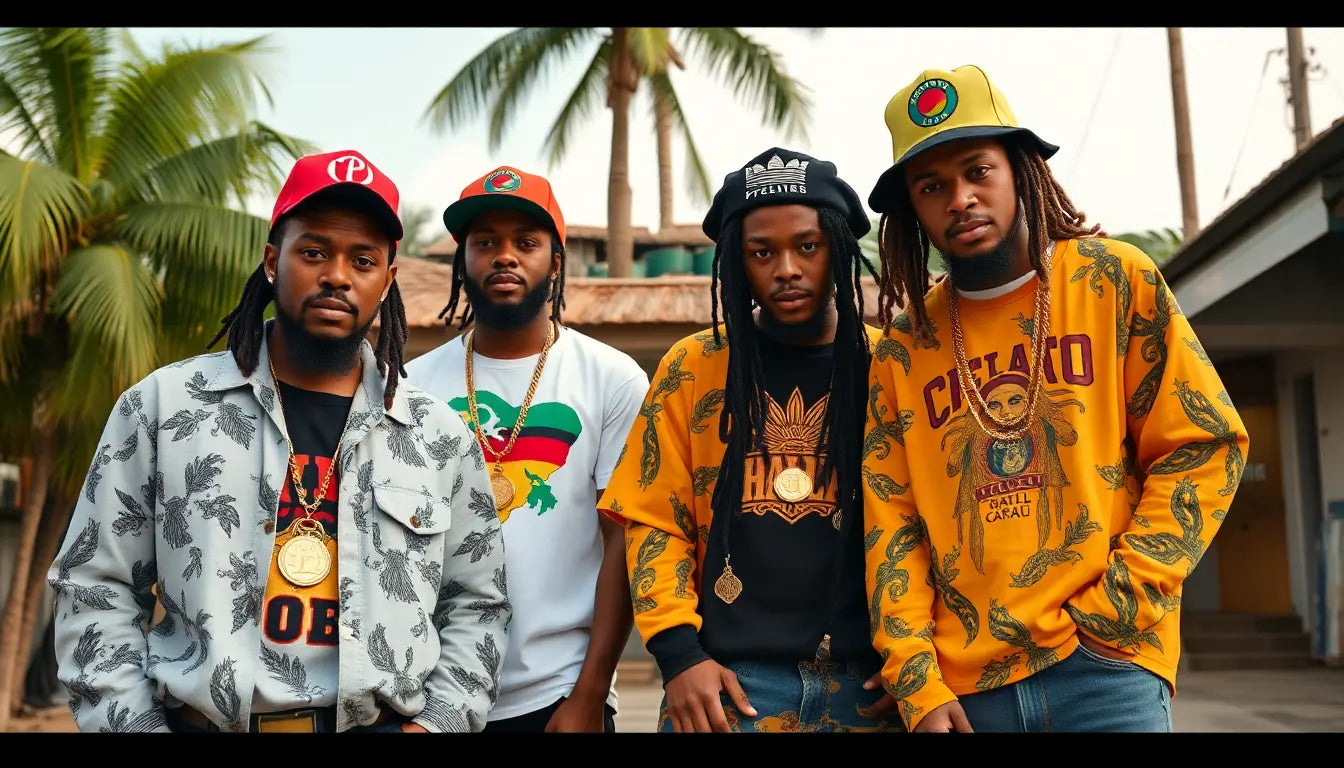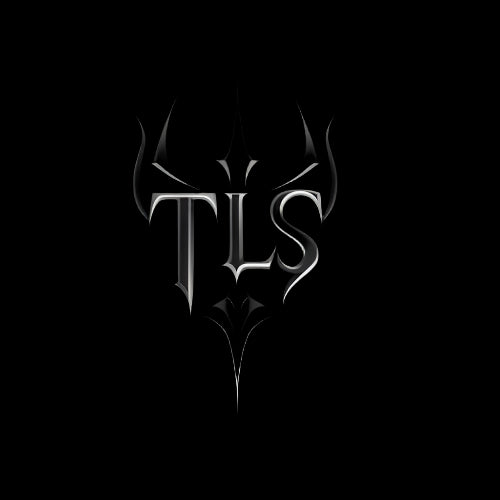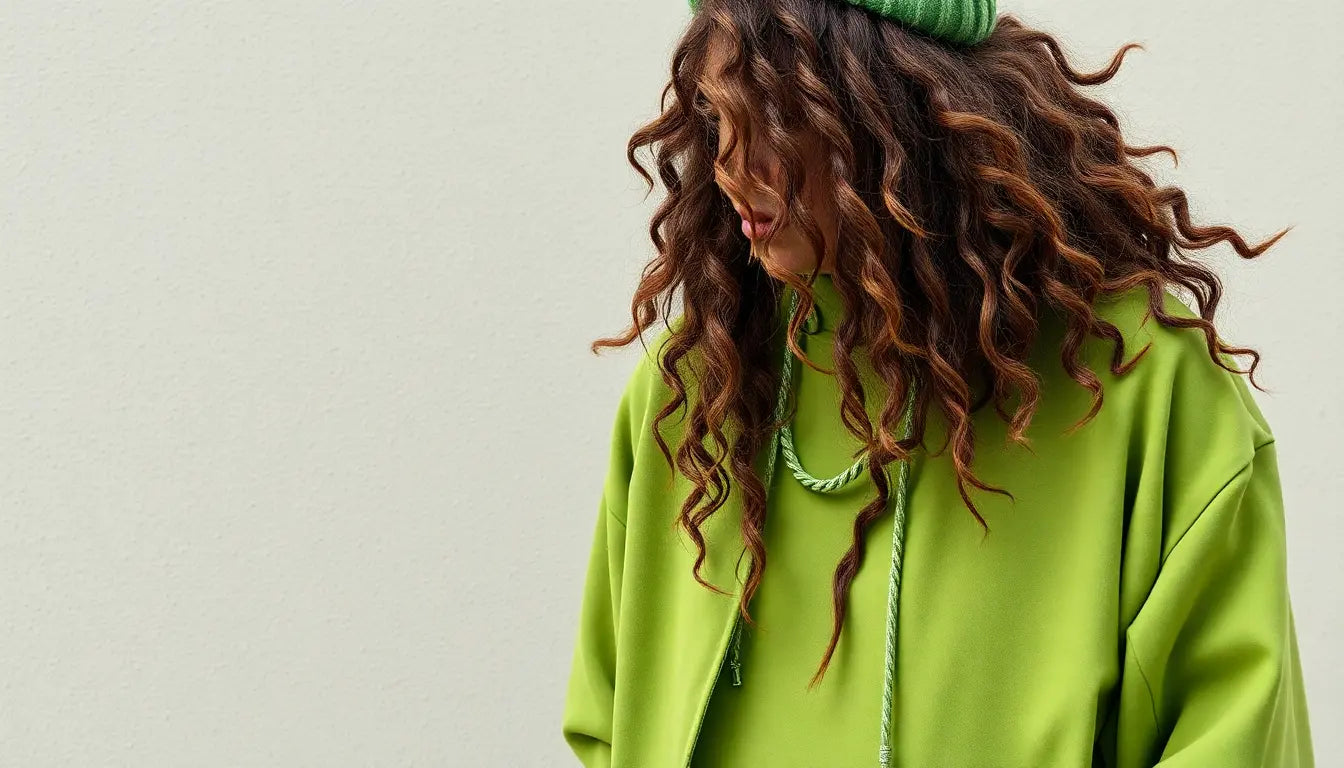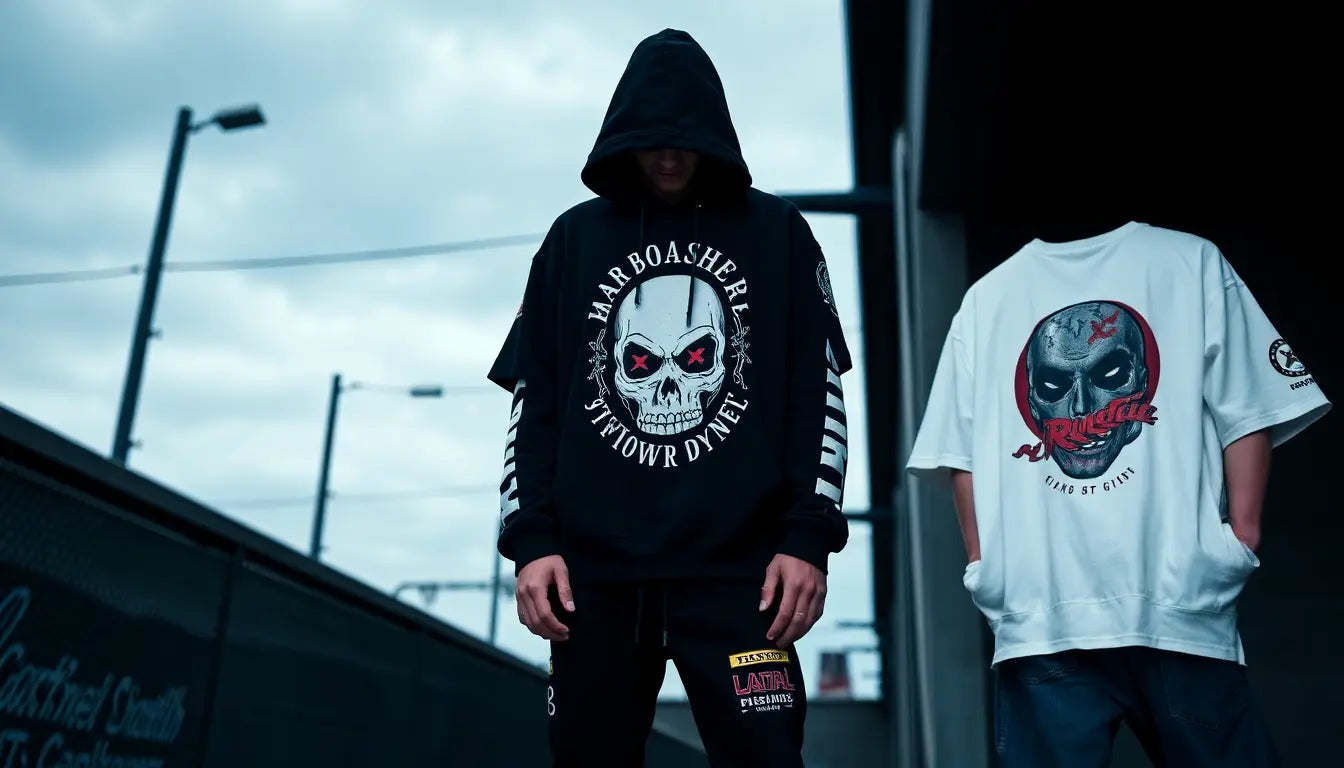
Community, Craft, Commerce: Inside Tommy Lee Sparta’s New Playbook for Dancehall Merch and Streetwear
Introduction: Why This Playbook Matters in 2025
In 2025, the global fashion ecosystem and music business are increasingly intertwined. For artists like Tommy Lee Sparta, merch and streetwear are no longer peripheral income streams. They are central brand expressions that carry cultural meaning, build community, and create scalable commerce. This long-form deep dive explores how Tommy Lee Sparta’s emerging playbook combines community activation, craft-focused design, and modern commerce tactics to create a sustainable, culturally rooted streetwear brand. Along the way you will find tactical steps, case studies, metrics to track, and a practical roadmap any artist or small label can adapt.
Context: Dancehall, Streetwear, and the Moment
Dancehall has always been about identity, style, and performance. The genre spawned iconic looks and localized fashion economies in Kingston, Montego Bay, and across the Jamaican diaspora. In recent years, Caribbean artists have shifted from being fashion inspirations to active fashion entrepreneurs. Audiences want meaningful products that feel authentic, limited, and tied to culture. Tommy Lee Sparta’s approach reflects that transition: a deliberate blending of music, visual language, and commerce mechanics designed to convert fans into a community that buys, wears, and evangelizes the brand.
How to Read This Article
- Sections framed as strategy explain the why behind each tactic.
- Actionable steps are provided so you can replicate the playbook at any scale.
- Metrics and tools are recommended for measurement and iteration.
Section 1: The Three Pillars — Community, Craft, Commerce
Tommy Lee Sparta’s playbook rests on three interconnected pillars.
- Community: Building a two-way relationship with fans that privileges participation, not passive consumption.
- Craft: Creating products that honor garment construction, material choice, and cultural storytelling.
- Commerce: Using modern, data-driven commerce tools to manage scarcity, fulfillment, and scale.
Each pillar supports the other. Community fuels demand. Craft justifies premium pricing and longevity. Commerce captures value and enables reinvestment.
Section 2: Community First — Turning Fans into Collaborators
At the heart of a sustainable merch strategy is a community that feels ownership. Tommy Lee Sparta does not treat merch as inventory; he treats it as social currency.
Key Tactics
- Hyper-local pop-ups: Host listening sessions, pop-ups, and meet-and-greets in Kingston, Miami, Toronto and London where Jamaican diasporic communities are concentrated. These events are content engines for social and press.
- Fan tiers and early access: Segment superfans by activity on mailing lists, Discord or Telegram and reward them with early access or exclusive colorways. This increases LTV and reduces marketing spend per conversion.
- Co-creation and feedback loops: Use Instagram polls, Discord channels, and small focus groups to involve fans in colorways, patch placements, and product names. Co-creation increases emotional attachment and lowers risk.
- Community ambassadorship: Identify micro-ambassadors in different cities and supply them with mini-stocks or display kits. They become local storefronts and social proof.
Action Steps to Build Community
- Start a mailing list with a clear value exchange: exclusive drops, behind-the-scenes content, or access to events.
- Launch a Discord with dedicated channels for design input, sizing feedback, and fan stories.
- Create a 50-person VIP list for every drop; monitor retention and referral behavior.
Section 3: Craft — Designing with Dancehall DNA
Good streetwear is inseparable from good making. Craft is what differentiates a lasting brand from a viral flash-in-the-pan.
Design Principles
- Garment-first thinking: Choose fabric weights, fits, and construction details that speak to wearability and longevity rather than focusing only on graphics.
- Cultural semiotics: Use dancehall motifs, typography inspired by local signage, and narratives that reference place and story. This preserves authenticity and creates a recognizable visual language.
- Artisan partnerships: Highlight local embroidery, patchwork, or hand-printed techniques; tell the artisan stories in product pages and care tags.
- Limited capsule releases: Instead of evergreen mass production, create small runs and capsules that rotate seasonally to maintain freshness and perceived scarcity.
Manufacturing Choices
- Small-batch local production: Onshore select products to Jamaica or the Caribbean to support local makers and reduce lead time for culturally significant pieces.
- Hybrid production model: Combine local small-batch runs for premium pieces with on-demand manufacturing for staples like tees to minimize stock risk.
- Quality control regimen: Implement third-party QC checks and detailed spec sheets to avoid inconsistencies across drops.
Section 4: Commerce — Platforms, Drops, and Fulfillment
Commerce is the operational backbone of the playbook. Modern brands focus on reducing friction and using scarcity as a conversion lever.
Platform Choices and Tech Stack
- D2C platform: Shopify Plus or a headless commerce stack with a performant storefront. Prioritize native integrations for inventory, shipping, and payment localization.
- Headless CMS: Use a CMS that supports storytelling on product pages—rich product storytelling improves conversion and SEO.
- Payments and localization: Offer region-appropriate payment methods and transparent duties and taxes at checkout to reduce abandonment.
- Live commerce and social integration: Use Instagram Shop, TikTok Shop, and live selling to shorten the path from discovery to purchase.
Drop Mechanics and Inventory Strategy
- Pre-orders and waitlists: Validate demand, fund production runs, and optimize sizing breakdowns prior to manufacturing full runs.
- Tiered scarcity: Release general drops, VIP drops, and numbered editions to create different levels of desirability.
- Fulfillment partners: Use regional 3PLs in North America, Europe, and the Caribbean to reduce shipping times and costs.
- Returns and repairs: Clear, fair return policies and repair programs increase trust and justify premium pricing.
Section 5: Pricing, Monetization and Product Mix
Successful brands balance aspirational high-ticket items with lower-entry products to bring in new fans.
Product Tiers
- Hero items: High-margin, limited-edition jackets, hoodies, or collaborative pieces signed by the artist.
- Core staples: Tees, caps, and hoodies that form the base of the catalog and are often sold on-demand.
- Accessible collectibles: Low-price items like pins, stickers, zines, and patches that serve as entry points and collectibles.
- Experiential bundles: Combine merch with VIP experiences, ticket upgrades, or exclusive content to capture higher AOV.
Pricing Psychology
- Anchoring: Present a high-ticket hero item first to increase perceived value of mid-tier pieces.
- Numbering and personalization: Numbered runs and limited personalization options justify premium pricing.
- Localized pricing: Adjust price points for regional purchasing power and shipping costs.
Section 6: Content Strategy — From UGC to Immersive Editorials
Content fuels every stage of the funnel: discovery, consideration, and retention. Tommy Lee Sparta’s playbook uses content to fuse performance culture with streetwear utility.
Types of Content That Convert
- Performance clips: Short-form video of songs, freestyles, and stage cuts showing garments in motion and in context.
- Studio and artisan shorts: Mini-documentaries that highlight creation moments—printing, sewing, and design conversations.
- User-generated content showcases: Reposting fans who style the merch increases social proof and closeness.
- Detailed product storytelling: Long-form product pages that explain materials, inspiration, and care instructions help justify price and reduce returns.
Distribution Channels
- TikTok and Instagram: Prioritize short-form social for discovery and trends.
- YouTube: Use longer-form interviews and documentary content for deeper storytelling and search SEO.
- Email and SMS: High-converting channels for drops, restocks, and VIP communications.
- Press and editorial: Leverage fashion and music press for coverage that adds third-party validation.
Section 7: Collaborations and Strategic Partnerships
Collaborations are cultural accelerants when done correctly. Tommy Lee Sparta’s playbook focuses on collaborations that expand reach while reinforcing cultural authenticity.
Collaboration Types
- Artist-to-artist collabs: Cross-genre drops with other Caribbean or global artists to tap dual fan bases.
- Designer collabs: Partner with established designers or local artisans to elevate craft and storytelling.
- Brand partnerships: Limited partnerships with lifestyle brands or tactical goods companies that maintain cultural fit.
- Retail partnerships: Capsule releases with local boutiques and cultural institutions to create physical touchpoints.
How to Structure a Collab
- Define intent: Is the collaboration about reach, craft, or a new product category?
- Set clear revenue shares and crediting language in contracts.
- Create a co-promotion plan: coordinated launch dates and shared assets for social and press.
- Limit the run to maintain scarcity and create urgency across both audiences.
Section 8: Legal, IP and Brand Protection
As merch grows, legal protections become essential to preserve brand value.
Essential Legal Steps
- Trademark your logo and key marks in primary markets to deter knockoffs.
- Document collaborations with clear IP ownership clauses and resale rights.
- Create a reseller policy for authorized partners and a takedown plan for infringements.
- Comply with labeling laws and duty/tax disclosures in markets where you sell.
Section 9: Measurement — KPIs That Matter
You cannot improve what you do not measure. The following metrics indicate health and scalability.
Front-of-Funnel and Demand Metrics
- Traffic sources by channel (organic social, paid, email, search)
- Mailing list growth rate and open/click rates
- Waitlist and pre-order signups per drop
Conversion and Revenue Metrics
- Conversion rate (site visit to purchase)
- Average order value (AOV) and attach rates to music/ticket sales
- Sell-through rate per SKU and days-to-sell-out
- Return rate and refund reasons
Retention and Community Metrics
- Repeat purchase rate and time between purchases
- Customer lifetime value (LTV) for mailing-list segments
- UGC volume and hashtag reach
Section 10: A 12-Month Roadmap — From Launch to Scale
Below is a practical quarterly roadmap to build a brand inspired by Tommy Lee Sparta’s playbook.
Quarter 1: Foundations
- Build D2C storefront with localized checkout and CMS for storytelling.
- Launch mailing list, Discord, and basic social strategy.
- Design and produce a signature hero product in a small run.
Quarter 2: Community Activation
- Run a local pop-up and listening session that ties to the hero product launch.
- Seed micro-ambassadors and collect UGC for paid and organic campaigns.
- Start pre-orders for a secondary capsule informed by fan feedback.
Quarter 3: Scale and Partnerships
- Partner with a local designer or international streetwear brand for a collaborative capsule.
- Implement regional 3PLs and improve shipping SLAs.
- Introduce experiential bundles tied to live shows.
Quarter 4: Optimization and Institutionalization
- Formalize legal protections and reseller policies.
- Analyze KPIs and optimize product mix and pricing.
- Plan seasonal launches and a holiday capsule for maximized revenue.
Section 11: Case Studies and Comparative Examples
To make the playbook tangible, here are brief comparisons to other successful artist-led brands and what to emulate or avoid.
Case Study: Artist A — The Scaled Collab
- Strategy: Collaborated with a global designer to create a high-price capsule limited to 500 pieces.
- Result: Sold out in 24 hours and increased mailing-list signups by 35 percent.
- Lesson: Collaborations amplify cultural capital but require clear revenue and production agreements.
Case Study: Label B — The Overproduction Trap
- Strategy: Launched a broad catalog with low margins and large inventory commitments.
- Result: Heavy markdowns, brand dilution, and cash flow problems.
- Lesson: Validate demand with pre-orders or small-batch runs before scaling production.
Section 12: Common Questions from Artists
- How much should a first run cost? Aim for a small-batch run that your community can fund through pre-orders. Keep MOQ manageable and prioritize hero pieces.
- Should I make everything locally? Mix local small-batch premium runs with on-demand production for staples to balance authenticity and economics.
- How do I avoid counterfeits? Trademark key assets, control distribution channels, and work with authorized retailers who sign resale agreements.
Section 13: SEO and Discovery Tactics
To rank well for search queries like dancehall merch, Tommy Lee Sparta merch, and Jamaican streetwear, combine on-site SEO with off-site authority building.
On-Page SEO Checklist
- Use keyword-rich titles and H1s on product and editorial pages while keeping language natural and culturally accurate.
- Write long-form product stories that naturally include search terms and answer shopper intent (sizing, care, origin).
- Optimize image alt tags and filenames to reference the product and cultural details.
- Create a resource hub with articles that connect music, place, and fashion to capture long-tail search traffic.
Off-Page SEO and PR
- Earn editorial coverage in music, fashion, and culture outlets by pitching unique stories about craft and community.
- Leverage influencers and micro-press in key diaspora cities for backlink and referral traffic.
- List product drops in fashion and streetwear calendars and use syndication platforms to widen reach.
Section 14: Tools and Partners Recommended
Tools to operationalize each part of the playbook.
- Commerce: Shopify, BigCommerce or a headless stack with Commerce Layer
- Community: Discord, Circle, or Telegram for tight-knit fan engagement
- Production: Local cutters and small factories, Printful or Printify for on-demand staples
- Fulfillment: ShipBob, Flowspace, or regional 3PLs for localized shipping
- Analytics: Google Analytics 4, Hotjar for UX insights, Klaviyo for email segmentation
- Legal: Local IP counsel and global trademark filings for key markets
Section 15: Ethical and Cultural Considerations
Authenticity must be more than marketing. True cultural stewardship means reinvesting in communities, compensating collaborators fairly, and preserving the origins of design inspiration.
Guidelines
- Credit originators and pay artisans fair rates for their craft.
- Be transparent about production locations, wages, and environmental impact where possible.
- Use cultural motifs with respect and permission, especially when referencing sacred or community-specific symbols.
Conclusion: A Playbook Rooted in Place and Built for Scale
Tommy Lee Sparta’s evolving approach to merch and streetwear illustrates a broader blueprint for artists in 2025: combine community-building rituals, craft-forward product thinking, and modern commerce mechanics to create cultural brands that last. The playbook is practical, iterative, and scalable. It demands attention to craft, a commitment to fans, and a data-driven approach to commerce. If you are an artist or brand building in the dancehall or Caribbean space, start with one signature product, invest in your community, measure relentlessly, and let craft guide your choices.
Quick Reference Checklist
- Define your hero product and cultural story
- Launch a mailing list and a private community channel
- Validate demand with pre-orders and small runs
- Prioritize quality and artisan storytelling
- Use tiered scarcity and experiential bundles to maximize revenue
- Measure core KPIs and iterate every drop
- Protect IP and create fair partnership agreements
Want a customized merch playbook based on your audience size, budget, and release calendar? I can create a tailored 12-month plan with estimated budgets, vendor contacts, and KPIs. Tell me about your audience and the hero piece you want to launch.



